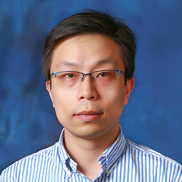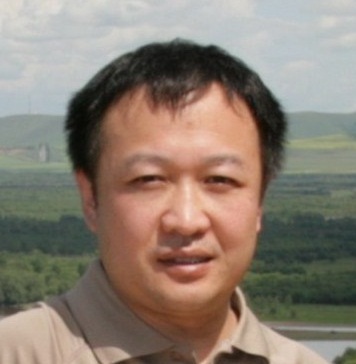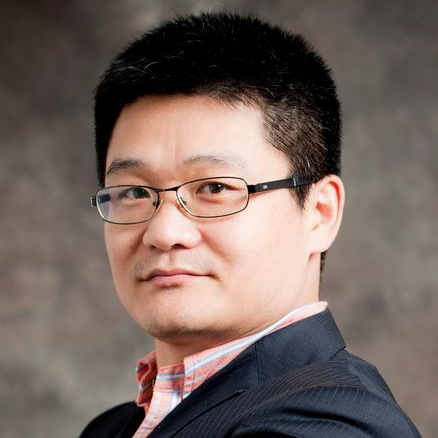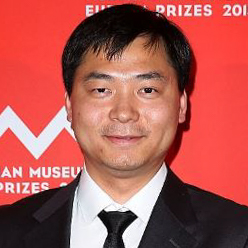Title: Multiview Learning
Abstract: In recent years, many algorithms for learning from multi-view data by considering the diversity of different views have been proposed. These views may be obtained from multiple sources or different feature subsets. For example, a person can be identified by face, fingerprint, signature or iris with information obtained from multiple sources, while an image can be represented by its color or texture features, which can be seen as different feature subsets of the image. In this talk, we will organize the similarities and differences between a wide variety of multi-view learning approaches, highlight their limitations, and then demonstrate the basic fundamentals for the success of multi-view learning. The thorough investigation on the view insufficiency problem and the in-depth analysis on the influence of view properties (consistence and complementarity) will be beneficial for the continuous development of multi-view learning.
Bio:Dacheng Tao is Professor of Computer Science with the Centre for Quantum Computation & Intelligent Systems, and the Faculty of Engineering and Information Technology in the University of Technology, Sydney. He mainly applies statistics and mathematics to data analytics problems and his research interests spread across computer vision, data science, image processing, machine learning, and video surveillance. His research results have expounded in one monograph and 100+ publications at prestigious journals and prominent conferences, such as IEEE T-PAMI, T-NNLS, T-IP, JMLR, IJCV, NIPS, ICML, CVPR, ICCV, ECCV, AISTATS, ICDM; and ACM SIGKDD, with several best paper awards, such as the best theory/algorithm paper runner up award in IEEE ICDM’07, the best student paper award in IEEE ICDM’13, and the 2014 ICDM 10 Year Highest-Impact Paper Award. He is a Fellow of the IEEE, IAPR, OSA, and SPIE.
























